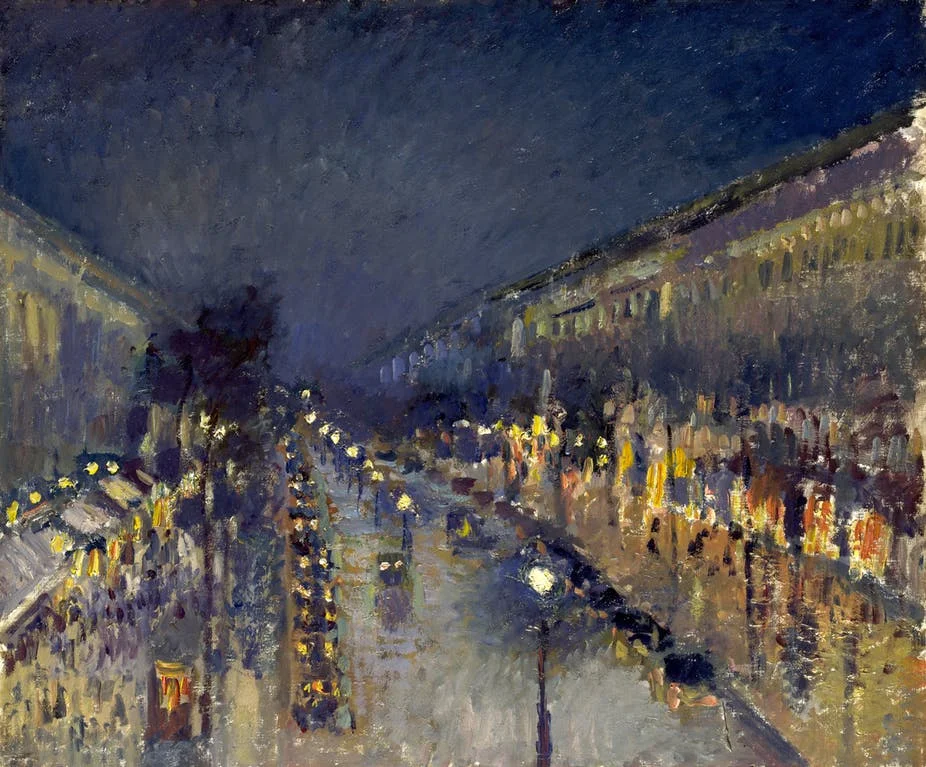Visual art invites us to view the world seen through the eyes of the artist or creator. This concept is very familiar to us with modern art, there is a role for interpretation. However a few hundred
years ago, the artists of the day were typically creating more real life images of their subject matter.
There is a long history of scientists and clinicians arguing particular artists were affected by vision disorders, based on signs in their works. Included is the hypothesis that leaders of the Impressionist movement were short- sighted, for instance, and that their blurry distance vision may explain their broad, impetuous style.
The fact that Claude Monet had cataracts is well documented and seen in the changing colours of his paintings. In other cases supporting evidence of such disorders and their influence on artworks is often speculative, and hampered by a lack of clinical records to support the diagnosis. There is still fun in speculating, did El Greco suffer from astigmatism? Perhaps Australian painter Clifton Pugh had a colour vision deficit?


